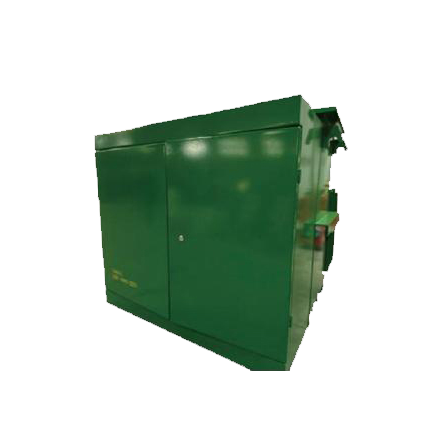Unveiling the Pros and Cons of Chemical Vapor Deposition: A Comprehensive Analysis for Industry Professionals
3 min readChemical Vapor Deposition (CVD) is a widely utilized technique in various industries, particularly in semiconductor manufacturing, materials science, and nanotechnology. This process involves the deposition of thin films or coatings on substrates through chemical reactions of gaseous precursors. While CVD offers numerous advantages, it also presents certain challenges that professionals in the field must navigate. In this article, we will explore the multifaceted benefits and drawbacks of CVD, providing a nuanced understanding for industry experts.
Advantages of Chemical Vapor Deposition
- High Purity and Uniformity
One of the most significant advantages of CVD is its ability to produce high-purity films with excellent uniformity. The gaseous precursors used in CVD can be precisely controlled, allowing for the deposition of materials with minimal contamination. This is particularly crucial in semiconductor applications, where even trace impurities can significantly affect device performance.
- Versatility in Material Deposition
CVD is remarkably versatile, enabling the deposition of a wide range of materials, including metals, oxides, nitrides, and even complex organic compounds. This adaptability makes CVD suitable for various applications, from microelectronics to solar cells and advanced coatings. The ability to tailor the deposition process to achieve specific material properties is a significant advantage for researchers and manufacturers alike.
- Conformal Coating Capabilities
CVD excels in conformal coating, which is the ability to uniformly coat complex geometries and high-aspect-ratio structures. This characteristic is essential in the semiconductor industry, where intricate patterns and features must be uniformly coated to ensure device reliability and performance. The conformality of CVD films also extends to applications in MEMS (Micro-Electro-Mechanical Systems) and nanostructured materials.
- Scalability and Production Efficiency
CVD processes can be scaled up for mass production without sacrificing quality. This scalability is vital for industries that require high-volume manufacturing, such as electronics and photovoltaics. Additionally, CVD can be integrated into existing manufacturing processes, enhancing overall production efficiency.
Disadvantages of Chemical Vapor Deposition
- High Equipment and Operational Costs
Despite its advantages, CVD can be associated with high initial capital investment and operational costs. The equipment required for CVD processes, such as reactors and gas delivery systems, can be expensive to purchase and maintain. Furthermore, the need for specialized gases and precursors can add to the overall cost, making it less accessible for smaller companies or research institutions.
- Complexity of Process Control
CVD processes require precise control of various parameters, including temperature, pressure, and gas flow rates. This complexity can lead to challenges in process optimization and reproducibility. Variations in these parameters can result in defects, non-uniform films, or undesirable material properties, necessitating a high level of expertise and experience to manage effectively.
- Environmental and Safety Concerns
The use of hazardous gases and chemicals in CVD processes raises environmental and safety concerns. Proper handling, storage, and disposal of these materials are critical to ensure the safety of personnel and compliance with regulatory standards. Additionally, the potential for toxic byproducts during the deposition process necessitates the implementation of effective ventilation and waste management systems.
- Limited Thickness Control
While CVD is excellent for producing thin films, controlling the thickness of the deposited layer can be challenging. Achieving precise thickness control often requires extensive process development and monitoring, which can be time-consuming and resource-intensive. In applications where specific thicknesses are critical, this limitation can pose significant challenges.
Conclusion
Chemical Vapor Deposition is a powerful technique that offers numerous advantages, including high purity, versatility, conformal coating capabilities, and scalability. However, it is essential to consider the associated disadvantages, such as high costs, process complexity, environmental concerns, and thickness control challenges. For industry professionals, understanding these factors is crucial for making informed decisions regarding the implementation of CVD in their processes. By weighing the pros and cons, companies can harness the benefits of CVD while mitigating its challenges, ultimately driving innovation and efficiency in their respective fields.

